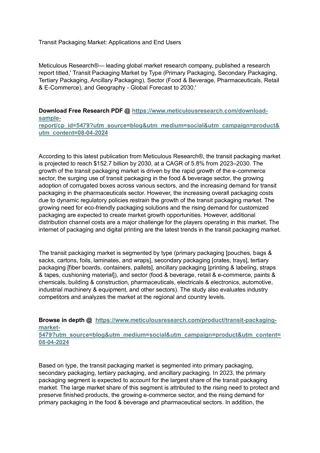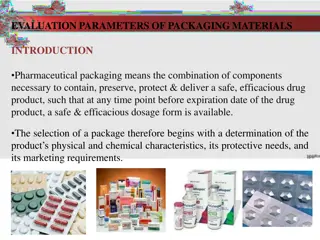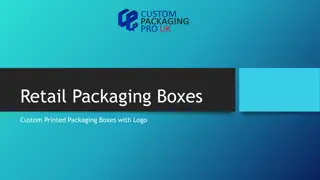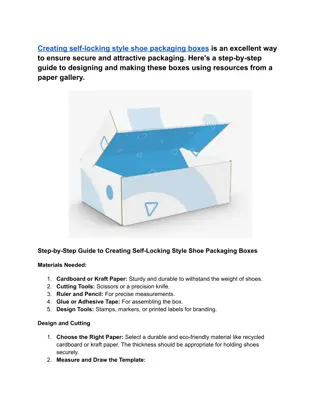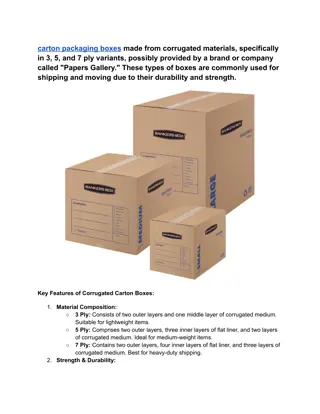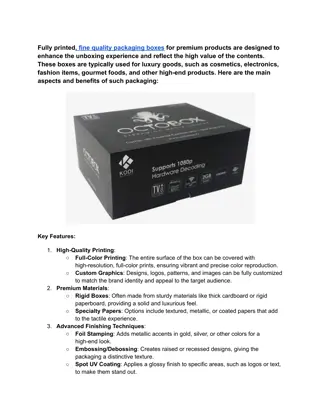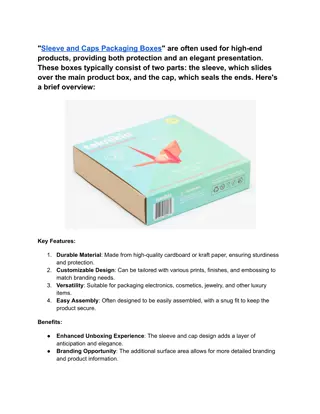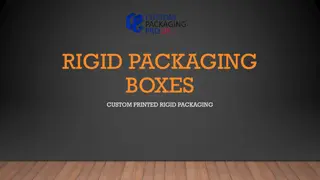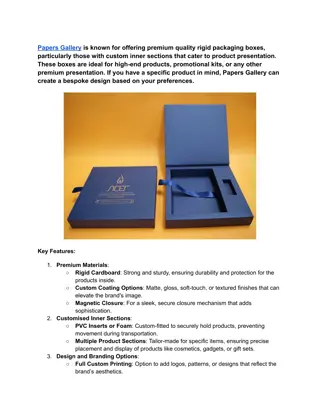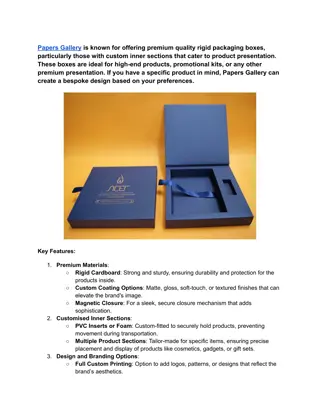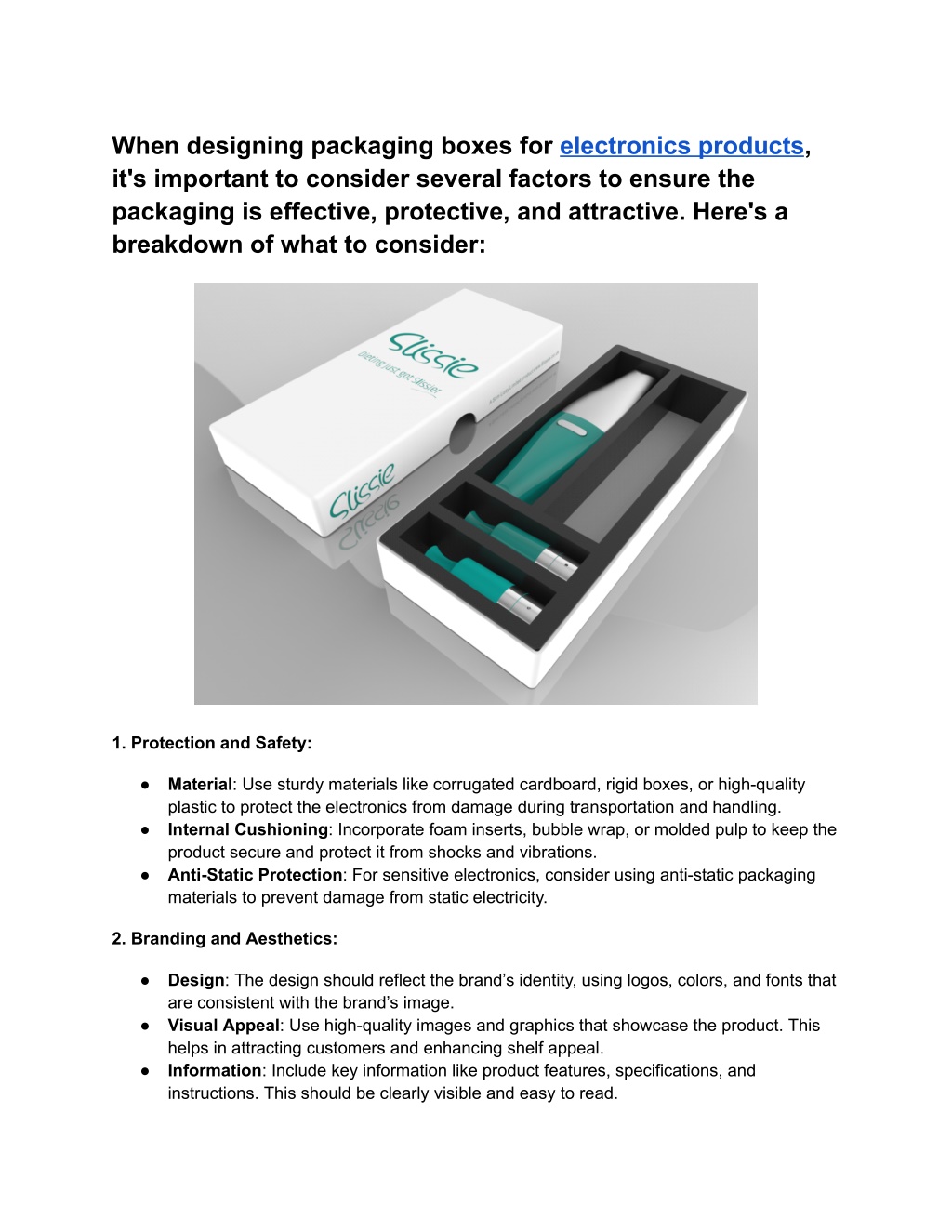
Electronics Product Packaging Boxes
When designing packaging boxes for electronics products, it's important to consider several factors to ensure the packaging is effective, protective, and attractive.
Download Presentation

Please find below an Image/Link to download the presentation.
The content on the website is provided AS IS for your information and personal use only. It may not be sold, licensed, or shared on other websites without obtaining consent from the author. Download presentation by click this link. If you encounter any issues during the download, it is possible that the publisher has removed the file from their server.
E N D
Presentation Transcript
When designing packaging boxes for electronics products, it's important to consider several factors to ensure the packaging is effective, protective, and attractive. Here's a breakdown of what to consider: 1. Protection and Safety: Material: Use sturdy materials like corrugated cardboard, rigid boxes, or high-quality plastic to protect the electronics from damage during transportation and handling. Internal Cushioning: Incorporate foam inserts, bubble wrap, or molded pulp to keep the product secure and protect it from shocks and vibrations. Anti-Static Protection: For sensitive electronics, consider using anti-static packaging materials to prevent damage from static electricity. 2. Branding and Aesthetics: Design: The design should reflect the brand s identity, using logos, colors, and fonts that are consistent with the brand s image. Visual Appeal: Use high-quality images and graphics that showcase the product. This helps in attracting customers and enhancing shelf appeal. Information: Include key information like product features, specifications, and instructions. This should be clearly visible and easy to read.
3. Functionality and User Experience: Ease of Opening: The packaging should be easy to open without the need for excessive force or tools, yet secure enough to prevent tampering. Reusable and Recyclable: Consider making the packaging reusable or easy to recycle, which can appeal to environmentally conscious customers. Compact Design: Minimize unnecessary space to reduce shipping costs and improve the product s shelf footprint. 4. Regulatory Compliance: Labeling Requirements: Ensure the packaging meets all regulatory requirements, such as CE markings, FCC labels, or any other certifications that may be required for electronics. Safety Warnings: Include any necessary safety warnings or handling instructions to prevent misuse or accidents. 5. Sustainability: Eco-Friendly Materials: Use recyclable or biodegradable materials to reduce the environmental impact. Minimal Packaging: Design the packaging to use the least amount of material necessary while still providing adequate protection. 6. Security Features: Tamper-Evident Seals: Include seals that show if the package has been tampered with to provide security and assurance to the customer. Serial Numbers and Barcodes: Ensure the packaging has space for serial numbers and barcodes, which are crucial for inventory management and authenticity checks. Visit Us At G-603, JM Aroma, Sector 75, Noida-201301 25A, Amar Enclave, Behind Flipkart Best Price, Ambala - Chandigarh Road, Zirakpur- 140603 93, SP Mukherjee Park, Tilak Nagar, New Delhi- 110018 Contact Us At info@papersgallery.com +91 (9996) 444 060

